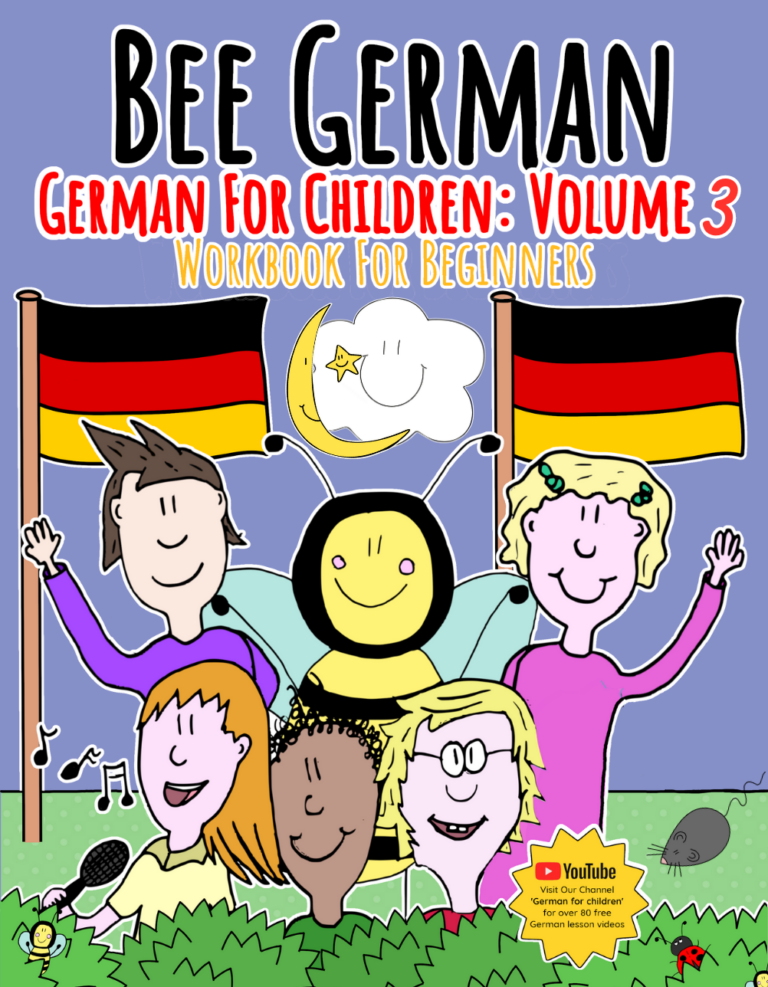The days are getting shorter and colder. The wind of change is approaching. To me autumn is a very magical time! The colourful leaves and the cold but refreshing air lure us outside whilst cosy living-rooms make us want to stay indoors.
The kids are just settling back into school or nursery and begin to realise themselves that there won’t be as much outdoor play time. This is why lessons in autumn have to be especially challenging and creative! You want to keep the children’s attention while you also embrace the magic of autumn.
My plans for our first autumn lesson
This week I’m planning on creating an autumn tree with some of my students. We will write on its leaves old as well as newly learned words. I enjoy creating colourful displays with the children but it is important that you don’t forget their purpose: Displays remind children of what they already know and of what they still have to learn.
I think we will play a couple of last year’s games as well. Maybe you can remember the following Reading Comprehension Quiz:

But perhaps this will be too easy for my older students and it lacks magic, doesn’t it?
Only recently I have created a short Quiz for young language learners that would like to learn more about fairy tale characters. If you are teaching children between 4/5 to 12 of age then this video might a good introduction to the topic:
To practice the new vocabulary, I created the following reading comprehension cards:
If your students need to practice articles then this worksheet might be helpful:
![Märchen2-1[1]](https://beegerman.com/wp-content/uploads/2017/09/Märchen2-11-212x300.jpg)
All of these worksheets are especially good for beginners!
Autumn inspiration and the importance of magic
As I have already mentioned, autumn is a magical time, so a good way of embracing the magic is to talk about fairy tales. From my childhood I can still remember the powerful messages of those fairy tales: Schneewittchen, Dornröschen, Hänsel und Gretel…..

To me fairy tales are strongly linked to my personal emotional development. I’m not saying that fairy tales always express the correct ideas (for example a princess doesn’t always have to be weak and a prince doesn’t always have to be strong) but they definitely boost a child’s personal imagination, a certain level of cultural awareness and, let’s be honest, they are fun.
One way of exploring fairy tales in a language lesson is to do short role plays. If you could provide costumes and some basic props then that would be even better. Pick a fairy tale that can be easily recreated. Prior to the actual role play read a basic or advanced version of it with the children. More advanced students could even re-tell the story with their own script. Perhaps they could change the ending of the story?
Imaginary play is a brilliant way of introducing new topics to children. You could even play out specific scenes from a fairy tale, such as when Hänsel and Gretel get lost in the woods and try to find their way back by following their bread crumb traces. You could ask how they feel. “Haben sie Angst im dunklen Wald?” (Are they afraid in the dark forest?) “Sind sie glücklich und lachen sie?” (Are they cheerful and are they laughing a lot?) “Weinen Hänsel und Gretel?” (Are Hänsel and Gretel crying?) You could even ask them to describe their surroundings. “Ist es in dem Wald dunkel?” (Is it dark in the forest?” “Scheint die Sonne?” (Is the sun shining?)
This is it for now but there will be more autumn lesson ideas.
Children see magic because they look for it. – Christopher Moore


![Märchen-1[1]](https://beegerman.com/wp-content/uploads/2017/09/Märchen-11-212x300.jpg)


